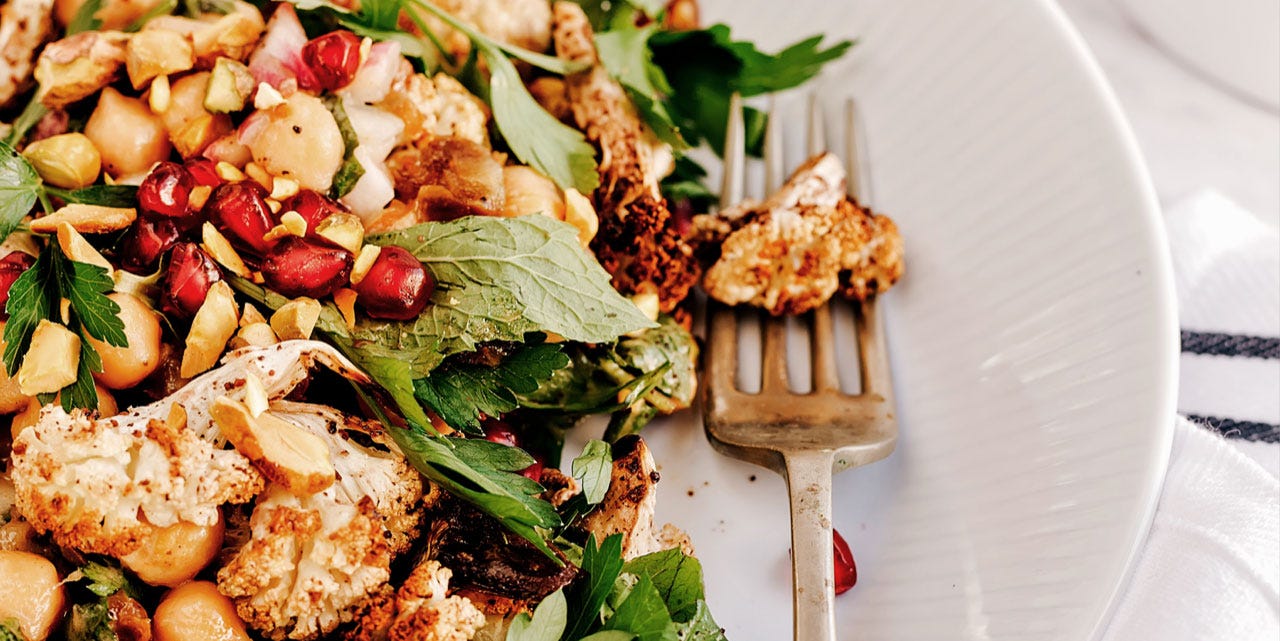The right nutrition for your sporting goal
If you’re looking to build muscle or improve your endurance, you not only need to train consistently, you also need to eat the right food.

It’s simple really: to help muscles recover, you need the right fuel. Without energy, it’s hard to achieve a top performance. While no one becomes Olympic champion without consistent training, the right nutrition may make the difference of the winning millisecond during a competition. “The right diet provides the body with the energy, nutrients and building materials it needs to deliver a top performance and ensure development and recovery”, explains Professor Othmar Moser. And this advice isn’t exclusively for professional sports people.
Should you opt for roast pork or wholegrain bread before training? You will feel it directly. “The body has a finely tuned feedback system to signalise what it likes and what it doesn’t”, says Moser. But there’s no one-size-fits-all strategy, because our bodies and personal goals are too varied.
However, there are rules for general guidance. For example, the Swiss Society for Nutrition (SGE) has published a food pyramid for a balanced diet. “Balanced” means you should eat a wide range of fruit and vegetables and complement these with wholegrain products and pulses. Right at the top are fats and sweet treats, which you should enjoy in moderation. Nothing is completely forbidden, it's the right mix that counts - and according to the SBU, this is not so different for ambitious sportsmen and women than for those who don't like sport. The yardstick: Anyone who is physically active for no more than five hours a week with at least medium intensity has no additional need for nutrients.
But according to Othmar Moser, that’s not the whole story. “How much of the individual nutrients you eat is one thing, but the quality of the food and when you eat it is just as important.” Not all fats and carbohydrates are equal. If you don’t get enough carbohydrates before or during training, you will suffer from hunger pangs. And if you’re lacking protein after you’ve been to the gym, your muscles won’t improve and you will feel sluggish. It’s not too difficult to adjust what you’re eating to suit your personal goal.
- Depending on the intensity of the training, your physique and the outside temperature, the body loses up to two litres of fluid per hour by sweating during physical activity.
- So you first have to compensate for the loss of fluids by drinking between 0.4 and 0.8 litres per hour while training, preferably water. After an intensive training session, it’s also a good idea to replenish lost minerals, particularly sodium.
- “If you’re feeling thirsty, you should have a drink”, advises Moser. One reliable indicator is the colour of your urine. If it is light yellow, the body has had enough fluids.
-
Goal 1: Feel fitter and improve endurance
Fun factor: Enjoy the fresh air when running, cycling or inline skating.
Food fact: Carbohydrates. Although muscles are also powered by fat, carbohydrates are a more effective fuel. They are stored in muscles and in the liver as glycogen and are quickly available when we do physical activity. Complex, long-chain carbohydrates are better for you because they contain fibre, which makes you fuller for longer. Simple carbohydrates are essentially “empty” calories. Although they are more readily available for the body, which is good for energy during training, they cause blood sugar levels to spike and then fall quickly.
How it works: If the glycogen stores are filled up with carbohydrates in good time before training or competition, the muscles are ready for action – at medium to high intensity for up to an hour. Then it needs to be replenished, preferably in small portions.
The right balance: Glycogen stores aren’t unlimited. “Therefore, in the run-up to a competition you shouldn’t fill yourself with simple carbohydrates, but should instead opt for whole grain”, recommends Moser. “Shortly before the competition, you should then switch to readily available and easily digestible carbohydrates, for example, disaccharides and monosaccharides”. These can be found, for example, in fruit and sugar.
Natural sources: Wholegrain products, oats or pulses are ideal for filling the stores. If you want to supply the body with fuel for muscles as quickly as possible, you can’t go wrong with a banana, which is just as effective as an energy gel. And much cheaper.
-
Goal 2: A toned body and strong muscles
Fun factor: When you feel and see the progress from strength training. When you look in the mirror, you increase your weights and when you no longer get sore muscles after training.
Food fact: PROTEIN. Muscles contain about 20-30% protein. Proteins create the basis for building, maintaining and repairing muscles, whether after a strenuous competition or during targeted strength training.
How it works: Strength training stimulates the muscles. Nothing more than that. Muscle build-up itself only takes place afterwards in the regeneration phase, provided there is sufficient protein available in the body directly after training. Don’t forget to eat carbohydrates before exercising, because if your glycogen reserves are empty, strength training will simply be ineffective torture.
The right balance: Healthy adults who don’t do strenuous sport should include around 0.8 g of protein per kilogramme of bodyweight per day in their diet. This amount increases depending on the intensity and frequency of the training sessions – up to a maximum of 2.0 g for targeted muscle build-up. The body can only utilize between 30 and 40 grams of protein per meal. For comparison: a chicken breast fillet contains around 25 grams of protein per portion, a cup of yogurt between 8 and 20 grams, an egg around 7 grams. Excess protein is simply excreted – or stored as body fat. So, try to spread protein out over several meals to make sure you don’t get too much in the first place.
Natural sources: The highest-quality sources of protein are found in animal products, i.e. eggs, daily products or meat. However, many of these foods also have a high level of saturated fat or cholesterol. In contrast, plant-based protein sources, such as soya, pulses, whole grain products or potatoes, deliver a lot of protein without the long-term health risks. So it’s best to eat a combination of plant and animal proteins or go entirely vegetarian.
-
Goal 3: Feel body-confident and lose weight
Fun factor: Losing weight and maintaining your ideal weight is a long-term project, so it’s all the more important to find a sport you enjoy. Combining endurance and strength training is key to long-term success. Muscles also burn calories while they’re recovering.
Food fact: FAT. In contrast to carbohydrates and protein, the body has no problem storing fats. Unfortunately. And this fat is what people who are trying to lose weight want to get rid of. However, not all fats are bad. “Good” fats, i.e. fatty acids found in linseed and rapeseed oil, fish and nuts, provide the body with important nutrients. This is in contrast to saturated fatty acids, which are mainly found in all animal-based products.
How it works: It’s simple. You lose weight when you are in a permanent energy deficit, i.e. when you burn more calories than you consume. If you increase the calorie burn by doing sport, you can do without calorie-counting diets, which are not very sustainable. You should focus on the quality of the carbohydrates and fats instead of eliminating them from your diet completely. No one can keep up this joyless fasting in the long term.
The right balance: There’s no point in going completely fat-free, especially if you do a lot of sport. So, fats shouldn’t make up more than 30% of your daily energy intake, but they also shouldn’t drop below 20%.
Turbo power for building muscles? As an advertising slogan for creatine supplements, this sounds promising. And it’s true that this carbon-nitrogen compound plays an important role in muscle energy metabolism and can encourage muscle growth and delay fatigue.
However, the human body produces creatine itself. As a rule, it doesn’t need to be supplied through food or pills. The best natural sources are meat and fish.
Too much creatine can cause water to be stored in the muscles, leading to weight gain. The risk of injury may increase.
It may be tempting to benefit from the effects of steroids, particularly anabolic steroids, which include huge muscle growth and less body fat. Legally used, among other things, as an asthma drug or in calf fattening, high doses are necessary for the – illegal – use in humans for the purpose of muscle building. And they have dangerous and unpleasant side effects, such as infertility, acne and can cause damage to the liver and heart. So it’s best to stay away from them.


